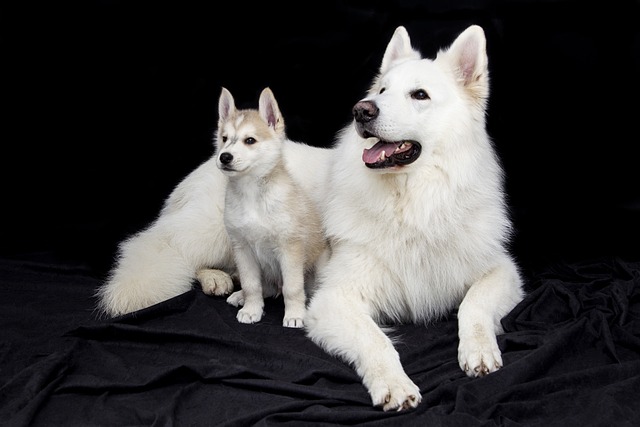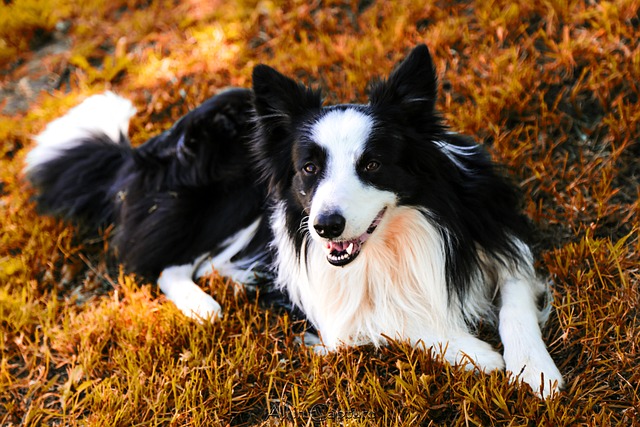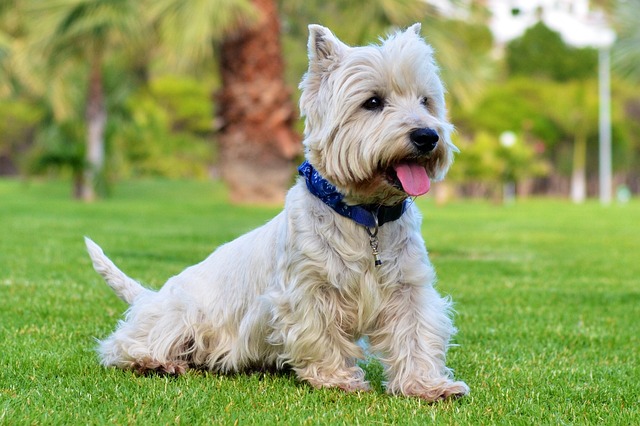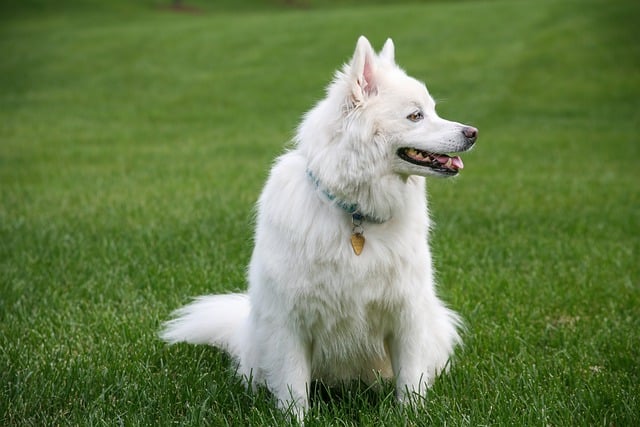
Why can't dogs eat cat food
Imagine this: You’re in your Chicago apartment, juggling a 6-month-old golden retriever, Max, and a tabby cat, Luna. You turn your back for 30 seconds to grab a leash
Maintaining your dog’s dental health is like safeguarding a secret to their long - term well - being. Yet, improper brushing not only risks oral issues but may also go against local pet care regulations that prioritize animal welfare. Understanding the right techniques ensures you’re caring for your furry friend in a way that’s both effective and compliant.
Start by choosing the right tools. Opt for a toothbrush specifically designed for dogs, which typically has softer bristles and an ergonomic handle for easy maneuvering. In many regions, there are strict regulations on pet product safety, so make sure the toothbrush is labeled as non - toxic and free from small parts that could pose a choking hazard. Avoid using human toothbrushes, as their bristles can be too firm and damage your dog’s gums.
Equally important is selecting the appropriate toothpaste. Human toothpaste contains fluoride and other ingredients that can be harmful if swallowed by dogs. Instead, look for pet - safe toothpaste with flavors like chicken or beef that your dog will find appealing. Some areas regulate the sale of pet dental products, ensuring they meet certain quality and safety standards, so always purchase from reputable sources.
 Before brushing, introduce your dog to the process gradually. Let them sniff the toothbrush and toothpaste, offering treats to create positive associations. This step is crucial, especially in rental properties or neighborhoods where a stressed, uncooperative pet can cause disruptions. Once your dog is comfortable, lift their lip gently to expose the teeth.
Before brushing, introduce your dog to the process gradually. Let them sniff the toothbrush and toothpaste, offering treats to create positive associations. This step is crucial, especially in rental properties or neighborhoods where a stressed, uncooperative pet can cause disruptions. Once your dog is comfortable, lift their lip gently to expose the teeth.
When brushing, use short, circular motions. Focus on the outer surfaces of the teeth first, as these are most prone to plaque buildup. Avoid scrubbing too hard; gentle pressure is enough to remove debris. In some communities, there are guidelines on proper pet care to prevent any form of harm, and over - aggressive brushing could violate these norms. Don’t forget to brush the chewing surfaces and the back teeth, where tartar often accumulates.
The frequency of brushing matters. While daily brushing is ideal for optimal dental health, aim for at least three to four times a week if that’s not feasible. Consistent brushing helps prevent tartar formation, gum disease, and bad breath. If you notice any signs of oral problems, such as red gums, excessive drooling, or reluctance to eat, consult your vet immediately. In many areas, there are regulations regarding timely veterinary care for sick or injured pets.
Brushing your dog’s teeth properly is an investment in their health and happiness. By following these steps, using compliant products, and respecting local pet care norms, you’ll keep your dog’s smile bright and their breath fresh for years to come.

Imagine this: You’re in your Chicago apartment, juggling a 6-month-old golden retriever, Max, and a tabby cat, Luna. You turn your back for 30 seconds to grab a leash

Let’s say you’re a new dog parent in Phoenix, sweating under the summer sun as your golden retriever, Bailey, pants beside you. You eye the clippers in the closet

Let’s picture this: You’re a new puppy parent in a Boston apartment, excitedly welcoming home your 12-week-old golden retriever, Buddy.

Maintaining your dog’s dental health is like safeguarding a secret to their long - term well - being. Yet, improper brushing not only risks oral issues but may also go against local pet care regulations that prioritize animal welfare.

Seeing your dog’s wagging tail and bright eyes is heartwarming, but what about their dental health? Just like in human healthcare, local pet care regulations might impact how you approach dog dental hygiene.

Should dogs have access to water all the time? Let’s start with a scene familiar to many new dog parents in Chicago: Your 8-month-old golden retriever